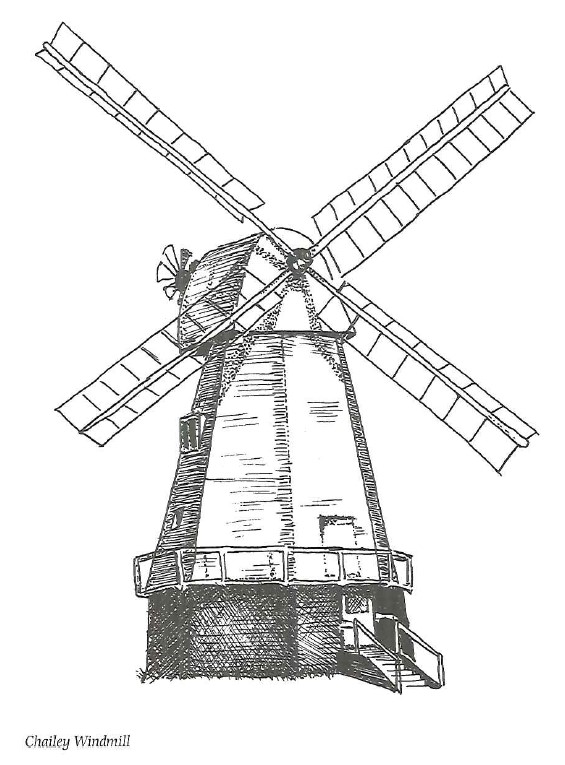Long, dry summers used to create a curious effect on the landscape in these parts. The cement works on the east banks of the Ouse produced (besides cement) a fine, chalky dust which would cake everything in the area. A lengthy spell without any rain to wash it off caused something approaching a snowscape. The cement works has long been demolished. Gone, too, is a peacock which lived near the railway station and was worth taking a train ride to see. When coaxed and cajoled enough he would fan out his magnificent set of tail feathers for admirers.
The village proper is on the other side of the river across an old iron bridge, now closed to traffic but a good spot for watching some of the water-borne activities such as the annual decorated raft race from Lewes to Newhaven. Southease church is one of only three in the county to have a Norman round tower (see Piddinghoe) and stands majestic in its simplicity beside a miniature village green. Much of it dates back to before the Conquest, given to the abbots of Winchester by King Edgar in AD 966. Inside there is a much-travelled organ with a mahogany case and gilt pipes built in 1790 by Allen of Soho, which was formerly at St Anne’s, Lewes, and then at Offham. There are very few small organs of this date and type in existence and it is in good company. There are others at St Margaret’s, Westminster, York Minster and Buckingham Palace.
One of the bells is notable, too. Cast in 1280, it is the third oldest in Sussex.
A widower married again here in 1604, a wedding which must have been conducted with a fair amount of cynicism by the rector whose entry in minute Latin in the parish records translates as: A shipwrecked sailor seeks a second shipwreck.’
